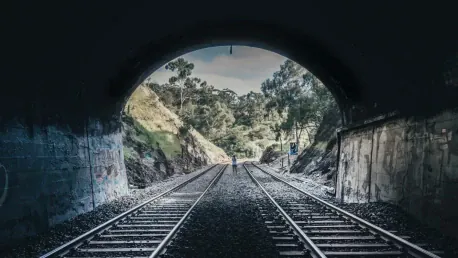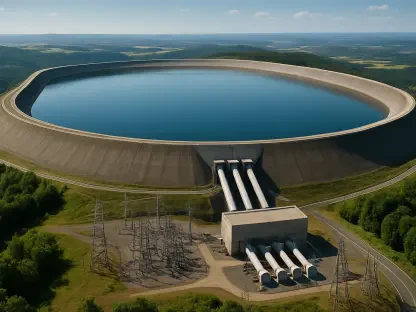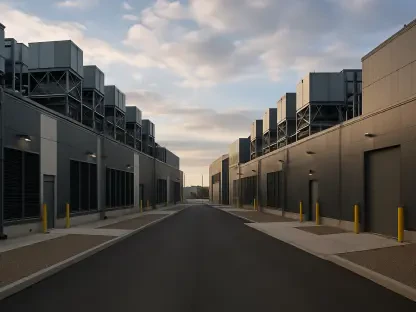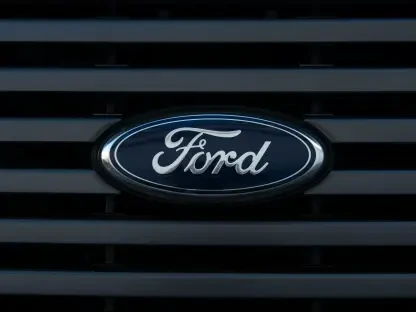North American railroads are currently grappling with a significant challenge: transitioning their operations from diesel fuel to cleaner, alternative power sources. Diesel fuel’s unmatched energy-to-weight power ratios have made it integral to railroad operations, resulting in reliance on approximately 42,000 FRA-compliant and many non-FRA locomotives running on diesel.
Environmental and Health Impact
Diesel emissions have a severe environmental and health impact, contributing to up to 30,000 premature deaths annually. Efforts to curtail diesel emissions have highlighted railway systems as a problematic mode of transportation, requiring innovative solutions for better air quality. The pressing need to transition to cleaner energy is evident, yet achieving zero emissions within the rail industry remains challenging.
Lack of Standards and Regulations
An underlying issue hindering progress is the absence of established standards and regulations specific to zero-emissions (ZE) rail equipment. This lack of regulatory frameworks and design guidelines stalls the adoption and development of ZE technologies. Both rail manufacturers and operators are finding it difficult to navigate this uncharted territory and make the necessary advancements without clear direction.
Technological and Operational Challenges
Achieving zero emissions technology in rail faces several technological and operational challenges. Manufacturers often resort to repurposing components from other industries, necessitating rigorous testing to meet unique rail environment demands. Furthermore, most available ZE equipment is suited for short-range or yard operations, leaving long-range heavy-haul fleets without viable solutions. The high energy-to-weight ratios needed for efficient rail operations are unmet by current alternative fuels. Hydrogen and compressed natural gas are being pursued, but development is slow due to the regulatory vacuum.
Future Prospects and Initiatives
Despite these obstacles, there is progress on multiple fronts. Notable ZE projects such as the Stadler hydrogen-fuel-cell trainset in Southern California are in the testing phase, inching closer to revenue operations. The field of alternative fuels is evolving, with advancements anticipated in the next decade. Battery power shows potential for medium-distance runs, while cryogenic compressed hydrogen and ammonia are being explored as promising alternatives. Institutional support is also evident, as the FRA’s Alternative Fuels Program continues evaluating non-diesel power sources, offering guidance and risk assessments to stimulate innovation.
Industry Skepticism and Need for Guidance
Industry stakeholders exhibit skepticism regarding the feasibility of ZE technologies. There is a palpable need for clearer regulations and guidance from government agencies. Experts within the industry emphasize the importance of cooperation across departments to streamline the approval process, making it more accessible. This collaboration and clear governance could alleviate doubts and foster a smoother transition toward zero-emissions rail technology.
Main Findings
North American railroads are currently facing a major challenge: transitioning from diesel fuel to more sustainable, alternative energy sources. The efficiency of diesel fuel, particularly its exceptional energy-to-weight power ratios, has made it essential for railroad operations over the years. Because of this, the industry has become heavily dependent on diesel, with about 42,000 FRA-compliant locomotives, along with numerous non-FRA-compliant ones, running on this fuel type. Aside from environmental concerns, there is a growing regulatory push towards reducing emissions, which is forcing railroads to explore cleaner alternatives. This transition is no small feat, as it involves significant changes in infrastructure, technology, and overall operation to maintain the level of efficiency and reliability that diesel offers. The industry’s move to cleaner, alternative power sources is a complex but necessary shift to meet modern environmental standards and ensure a more sustainable future for railroad operations in North America.









